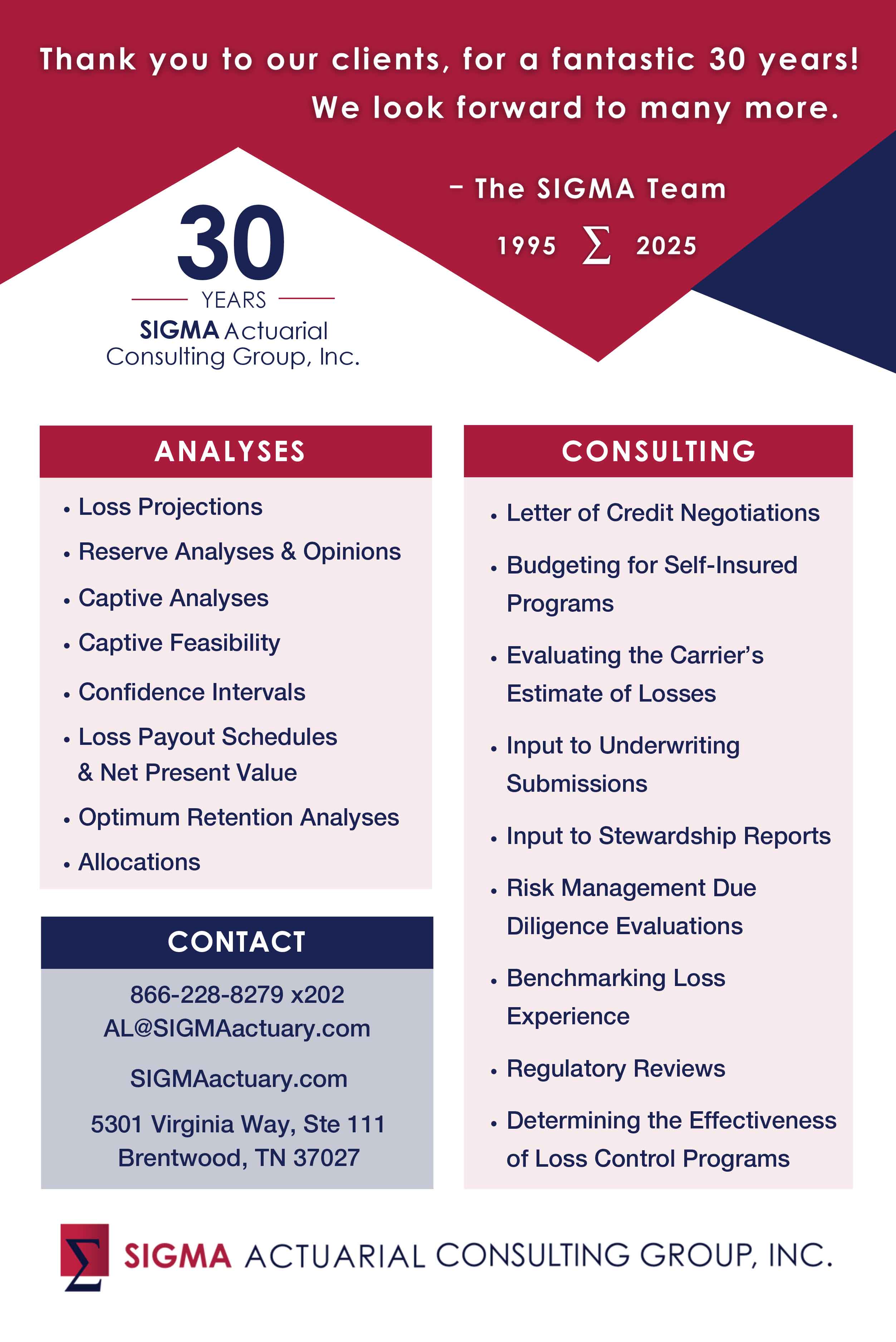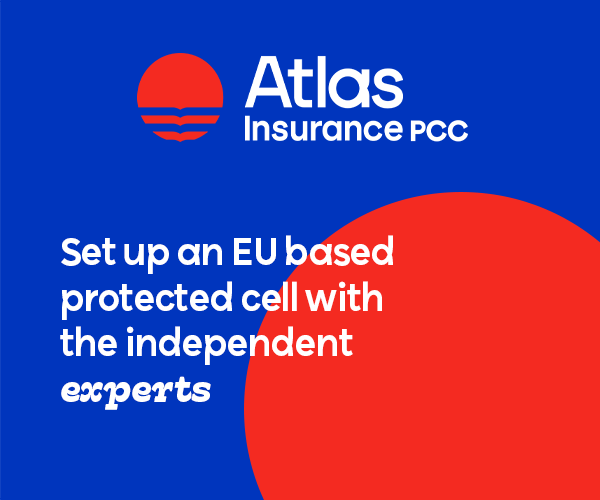Over the last few decades, Puerto Rico has evolved into a robust domicile for the development of captives—and many of the key figures involved expect this to continue.
Over the last few decades, Puerto Rico has evolved into a robust domicile for the development of captives—and many of the key figures involved expect this to continue.
The country has long held itself, geographically and culturally, as a bridge between Latin America and the US. With the emerging markets in Latin America continuing to grow, many in Puerto Rico see now as the perfect time to capitalise on this status.
Although the country is physically not a part of the US, its banks use the US Federal Reserve, while the US Constitution protects Puerto Rican citizens.
The key to the country’s appeal is a combination of its position as a regulated and accredited member of the National Association of Insurance Commissioners (NAIC), and the unique tax advantages that it enjoys.
This allows Puerto Rico to advertise itself as the best of both worlds—with a robust regulatory framework and freedom from US tax impositions.
All international insurers are subject to a simple tax regime of 4 percent on net income in Puerto Rico, which has a $1.2 million exclusion. This means that a lot of captives pay no tax whatsoever, as they do not write above the premium exclusion limit.
This relatively new captive sector is built on the foundations of a mature insurance industry, which writes around $11 billion annually. Puerto Rico is also the third largest Latin American jurisdiction for insurance, after Mexico and Brazil, as far as premium volume is concerned.
Angela Weyne, Puerto Rico’s commissioner of insurance, comments: “Although many US jurisdictions, like Vermont, are well established within the industry—I think Puerto Rico’s tax incentive law for captives and service providers gives it an advantage.”
“It also differentiates us from offshore domiciles such as Bermuda, as there is the added advantage that we are a US jurisdiction. We follow NAIC rules and regulations, but we are not represented in congress, which is why we do not fall under the US tax regime.”
Weyne also points out that these incentives apply, not only to risk takers themselves, but also to those that provide auxiliary services to them.
Move it move it
Executive director of Matos, Gely & Ho, Ruben Gely, says: “The office of the insurance commissioner is constantly moving in order to remain updated with the industry.”
An example of this is when Puerto Rico amended its regulations in order to permit single parent captives to assume third party risk, which has, in turn, attracted more managers to the country. As Puerto Rican captives provide coverage for US capital, a number of 831(b)-type companies have decided to register in the country.
Growth in single parent companies have also been fuelled by the legislation and rules that support asset and liability separation, while asset protection plans are very popular.
There are currently over 100 captives domiciled in Puerto Rico, and the country’s legislation has authorised the establishment of protected cell companies (PCCs). So far, according to Gely, these entities have proven to be the most popular.
As well as opening its doors to a number of captive entities, Puerto Rico has also placed a great deal of importance on accepting the right kind of captives.
Weyne says: “We went ahead of the curve when we established our capital requirements—setting the bar higher than most other jurisdictions, at $500,000.”
These stricter requirements allow Puerto Rico’s insurers to avoid some of the regulatory issues associated with less capitalised entities.
For example, there have been certain cases in the US where insurers have established a captive principally for the movement of reserves, creating a relatively inactive entity that is detrimental to the industry as a whole.
Puerto Rico’s capitalisation requirements do not allow this and, according to Gely, this philosophy is paying off—even if it is more of a long-term strategy.
Some of the larger insurers such as Aon and Willis are invested in Puerto Rico’s captive industry, with significant commitments in the region.
Ryan LLC in particular has set up a number of captives in Puerto Rico and has worked closely with the insurance commissioner to help update legislation and promote the domicile globally.
Ken Kotch, principal at Ryan LLC, says: “Since Ryan was introduced to Puerto Rico’s department of insurance, we have invested in a physical office and a permanent agent in San Juan, which is a component part of being a captive manager there. We have also sponsored a Class 3-agency arrangement in Puerto Rico.”
“At Ryan we have 85 clients right now, some of which are based in other jurisdictions, that have selected Puerto Rico as the place to establish their insurance facility and on a bona fide basis, and transact property and casualty insurance.”
Popularity conquest
Gely and Weyne attribute the popularity of Puerto Rico with captive managers to the recent change in government.
Weyne comments: “The new administration came into office on 1 January 2013 and one of the first ambitions for them was to update Puerto Rico’s economic platform. In the past six months in particular, we have been attempting to market our service industry very aggressively, and the insurance sector is a very significant part of this.”
Gely explains that the NAIC requires the approval of captive managers but also allows outsourcing of managers from Puerto Rico to other jurisdictions. This means that managers do not have to be licensed in the country.
“Captive managers are staring to relocate from the US to Puerto Rico as a direct result of these government incentives. The government is committed to support the whole insurer ecosystem and has a particular interest in captives.”
“The evidence is that captives are part of the government’s long-term economic development, more specifically the promotion of their international insurance centre.”
Kotch, on the other hand, does not attribute the uptake in captives to the political regime change, but nevertheless agrees that Puerto Rico is an ideal domicile for the establishment of a captive.
“I have seen regulators come and go since 1996 and the reason I believe Puerto Rico is enjoying such nice trend lines, in terms of interest and activity, is because of its educational mindset,” says Kotch.
As well as attending the World Captive Forum, Puerto Rico has been sharing opportunities that were codified by the Commonwealth Congress in 2004 and amended in 2005.
Kotch continues: “I really think it is more a function of the captive arena to become further tuned in to opportunities of this congressional act rather than anything being done on day-to-day basis.”
“There is essentially an educational curve that Puerto Rico is enjoying fruits of, and I attribute it to a good set of laws, placed on the books almost ten years ago, that companies like mine understand and are happy to share with our client base. Business owners have to do their cost benefit analysis in order to decide what is best for them and, at least 85 times, Puerto Rico has ended up on the winning end of that.”





